
天府文化与成都的现代化追求(英文版)
¥ 36.5 2.6折 ¥ 138 全新
仅1件
河北保定
认证卖家担保交易快速发货售后保障
作者唐婷 著;谭平、冯和一、周翔宇、彭蕴希、谭俊峰、姚键 译
出版社四川大学出版社
出版时间2021-01
版次1
装帧精装
货号91
上书时间2024-09-22
- 在售商品 暂无
- 平均发货时间 27小时
- 好评率 暂无
- 最新上架
商品详情
- 品相描述:全新
图书标准信息
- 作者 唐婷 著;谭平、冯和一、周翔宇、彭蕴希、谭俊峰、姚键 译
- 出版社 四川大学出版社
- 出版时间 2021-01
- 版次 1
- ISBN 9787569041064
- 定价 138.00元
- 装帧 精装
- 开本 16开
- 纸张 胶版纸
- 页数 266页
- 字数 439千字
- 【内容简介】
-
¡¡¡¡Chengdu rs the capital of Sichuan Province and one of the major cultural£¬economic£¬and political centers in West China.It has a long history£¬During the Three Kingdoms period £¨220-280CE£©£¬it was the capital of the state of Shu£¬During the Tang Dynasty£¬Chengdu was one of the most prosperous cities in China.Much later a transition occurred from the late Ming governance to that of the early Qing (roughly the 1620s to 1680s£©£¬during which Sichuan experienced more than half a century of war that devastated the economy in the region and damaged the cities.Yet in the early Qing£¬the economy and culture were graduafly restored.
¡¡¡¡Thanks to its geographically isolated position£¬Chengdu was little affected by the Opium Wars (1839-1842 and 1856-1860£©£¬apart from missionary activities£¬and it also suffered little during the Taiping Uprising (1851-1864£©.tn 1877£¬Chengdu became the site of the Sichuan Arsenal (Sichuarr Jiqi Ju£©£¬established as part of the self-strengthening movement.The arsenal was the first modern factory in Sichuan.After nearby Chongqing was£¬opened as a trade port in 1890£¬Chengdu became less isolated and began to experience the cultural contact and conflict apparent in cities closer to the coast.tn 1895£¬a large-scale anti-Christian movement broke out in Chengdu£¬and some churches were burned down£¬A few years later£¬a group of focal intellectuals participated in the reform movement by organizing the Society of Sichuan Learning (Shuxue Hui£© and publishing the Joumal of Sichuan Leaming (Shuxue Bao£©£¬Many new schools were also established at this time£¬In the first half of the twentieth century£¬Chengdu was one of the largest cities in inland China£¬with a population of around 340£¬000 at the turn of the century£¬increasing to around 440£¬000 by the 1930s.By 1945£¬due to wartime migration£¬its population had reached 740£¬000£¬falling to 650£¬000 in 1949.As the capital of Sichuan Province£¬Chengdu experienced almost all of the political£¬economic£¬social£¬and cultural transformations that occurred from the late-Qing reform period to the Communist victory in 1949.In the 1900-1910 period£¬Chengdu£¬under the influence of the new policies and self-government movement£¬became a center and model of industrial£¬commercial£¬educational£¬and social reforms in the Upper Yangzi region.Local elites£¬supported by state power£¬enthusiastically participated in reforms that built their social reputation and expanded their influence over ordinary people.
¡¡¡¡The Sichuan Police Force was set up in 1902£¬symbolizing the establishment of an early form of urban administration.In 1910£¬the City Council of Chengdu and Huayang (Chenghua Cheng Yishihui£© was formed as part of the self-government movement; the council\'s members were elected.Both the police and the council became the early foundation of the Chengdu municipal government£¬but the former played a much more important role.In 1911£¬many residents joined the railroad-protection movement£¬contributing to the climate of protest that led to the revolution in October of that year.In late November 1911£¬Sichuan declared independence and organized the Great Han Military Government (Dahan Sichuan Jun Zhengfu£©.
¡¡¡¡Post revolution£¬Chengdu suffered from the chaos general to the warlord era.In 1917£¬two wars erupted in the city-the first between the Yunnan and Sichuan armies in May£¬and the second between the Guizhou and Sichuan armies in July.Thousands of people were killed£¬and thousands of houses were destroyed£¬leading to a mass of refugees.Despite social disorder£¬under the influence of Westernization£¬new publications and new forms of entertainment such as modern drama emerged in Chengdu during the May Fourth and New Culture movements.The city\'s most famous writer of this period was Ba Jin (1904-2005£©£¬whose autobiographical novel Jia (The Famdy£©£¬written in 1932£¬deals with intergenerational family conflict and its impact on political and social change during the 1920s. - 【作者简介】
-
- 【目录】
-
Chapter One
The Origin and Presentation of Tianfu Culture
The Romantic Ba-Shu Civilization
Sources of the Tianfu Culture
The Unique Charms of Tianfu Culture
Chapter Two
Chengdu from the Perspective of Tianfu Culture
Origin of Civilization
Chengdu\'s Grand Pattern in Han and Tang Dynasties
Chengdu\'s New Look in the Song£¬ Yuan£¬ Ming and Qing Dynasties
Revolutions in Chengdu and Its Peaceful Liberation
Famous Scholars and Sages in Chengdu
Chapter Three
Many Firsts in the World or in China in the History of Chengdu
Many Firsts in the World in the History of Chengdu
Many Firsts in China in the History of Chengdu
Chapter Four
Chengdu in the Literary Works of the Past Dynasties
Chengdu in \"Fu\" of the Han and Wei Dynasties
Chengdu in the Sui and Tang Poetry
Chengdu in the Poetry of the Song Dynasty
Chengdu in the Yuan and Ming Literary Works
Chengdu in the Poetry of the Qing Dynasty
Chengdu in Modern and Contemporary Literature and Quyi
Chapter Five
Historical and Cultural Relics of Chengdu
Historic City Sites of Chengdu
The Splendid Sanxingdui Site
The Shi\'erqiao Cultural Sites
Buddhist and Taoist Cultural Relics
Varied Ancient Bridges and Ancient Towns
¡¡
Chapter Six
Chengdu in the Map of World Civilization
Chapter Seven
Tianfu Chengdu Towards a New Era
点击展开
点击收起
— 没有更多了 —

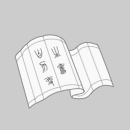
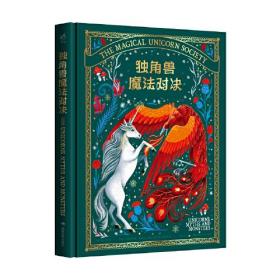
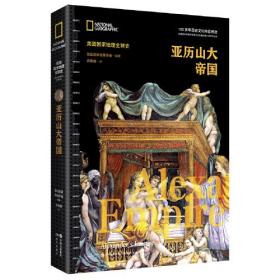
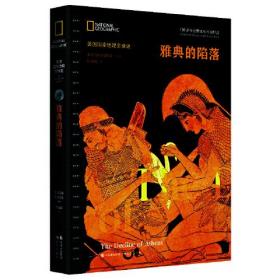
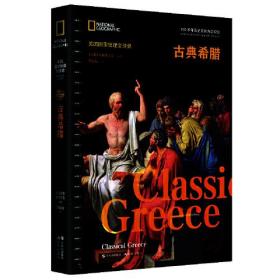
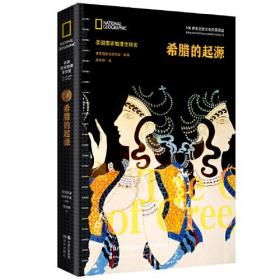


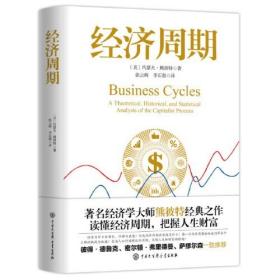


以下为对购买帮助不大的评价